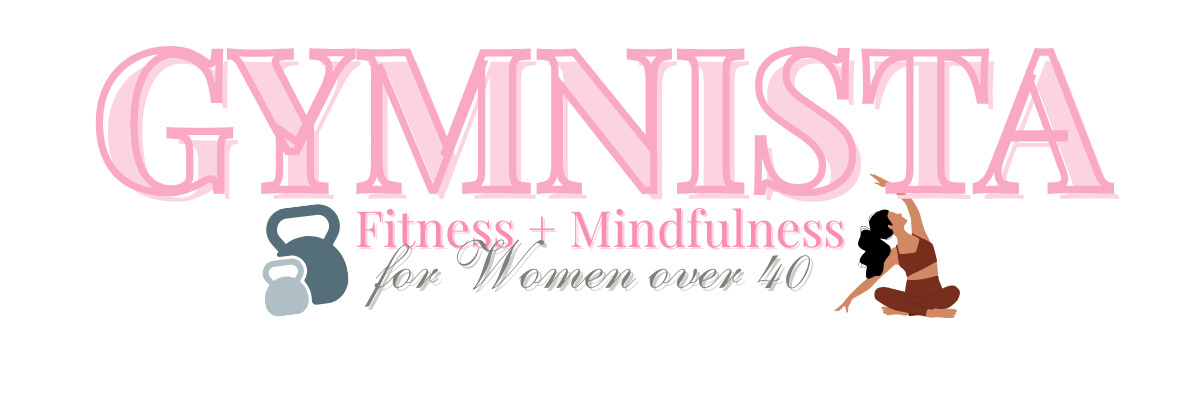I used to see people come into the studio to practice all the time, nervous about their first yoga class. For the most part, they were signed up for yoga basics, other instances they chose heated vinyasa or power yoga. Absolutely nothing wrong with taking a power yoga class as your intro to yoga, but I don’t think having your a$$ handed to you is the best way to get your yoga toes wet.
The trickiest thing about yoga classes is they’re not called the same thing from studio to studio. Some studios use numbers like 101, or one and two to describe basic and intro level classes. Other studios use fancy branded classes. Either way, there’s a description available before signing up.
Here are a few of my suggestions for easing into a yoga practice at a studio or gym without rolling up your mat while shouting, “the hell with this!” in the middle of your first yoga class. Oh, perhaps that was just me that one time.
Yoga Basics
Although it doesn’t always say beginner, yoga basics is the #1 option, I would suggest, for those new to yoga. The teacher often moves at a slower pace, spending time with each yoga posture detailing alignment, entry and exit.
The way the class goes is completely up to the instructor but I’ve seen elaborate themes, that continue for weeks, centered around one pose or yoga myths and limbs. The goal of this type of class is to encourage students to return week after week. It’s fun to also learn a little bit more of this practice.
Although yoga blocks and straps are a regular part of practice, and not for beginners only. Basics class might use more props so you learn to get comfortable and tune into the feeling of a particular shape.
Foundations of Flow
This is a tricky class title that no two studios describe the same. It’s essentially a vinyasa style yoga class for beginners.
Instead of the assumption that class participants know what the next pose is with a simple call out, the teacher explains and possibly demonstrates the shape in foundational flow. The pace of this type of class is slower than the average vinyasa class. A great thing, because it allows the beginner a chance to see, hear and actually move into the next pose without feeling like they can’t keep up.
At least this is my interpretation of what a foundational flow class should look like. It’s also what I’ve experienced. I say that to say there’s no firm guarantee this is what you will get.
Restorative
A sense of calm settles over me as I think of this class. Be forewarned, this type of class is super slow. As in, shapes are held for five to ten minutes at a time before a transition. Props are used to support the body instead of using muscles and bones.
The class is usually dark with calming music, if any at all. Some teachers even incorporate candles and settling scents like palo santo. The goal of this type of class is to give the nervous system a chance to reset, and the body a chance to rest.
It’s not uncommon to fall asleep in restorative class. I’ve heard that if you fall asleep it’s a sign that the body was in dire need of the rest and reset, but please don’t quote me on that. I think a restorative class is worth at least one try.
Yin Yoga
Yin yoga is similar to restorative in it’s slowness. However the muscles and bones actually get the chance to support the body in this practice.
The yin practice is known for poses with long holds, three minutes to be exact. Designed to move past the muscles for deep release in the muscles and fascia. The practice is based on a mixture of yoga and traditional Chinese medicine principles.
Sleep is not on the menu in a yin yoga class. Well, at least not until the end perhaps, if the teacher closes out class with yoga nidra; a style of deep relaxation.
Slow Flow
This could be the more challenging of the classes listed. Slow flow links breath to movement, flowing from one asana, or yoga pose, to the next. The benefit is, unlike the traditional vinyasa class, slow flow moves as the title of the class states; slowly.
Just because the pace of the class is slow doesn’t mean it isn’t challenging. I find when the pace is slower, some students describe it as a harder practice. I leave the judgement up to you after taking the class. Be sure to check if the class is also heated because heat and slow moving changes the game completely.
Some studios offer an introductory 30 days of unlimited classes to newbies for low or reduced rates. This is the perfect time to experiment by taking different classes with different teachers and learning what classes you like and which ones you may not.
I like to think the classes listed here are a great way to ease into the practice at any studio. If none of the classes listed here are on a yoga studio schedule, ask the front desk team for some recommendations. They’re happy to help.
What beginner style classes are you itching to try?
0
